Pokrovsk is falling. Ukraine’s northern defense line is rising.
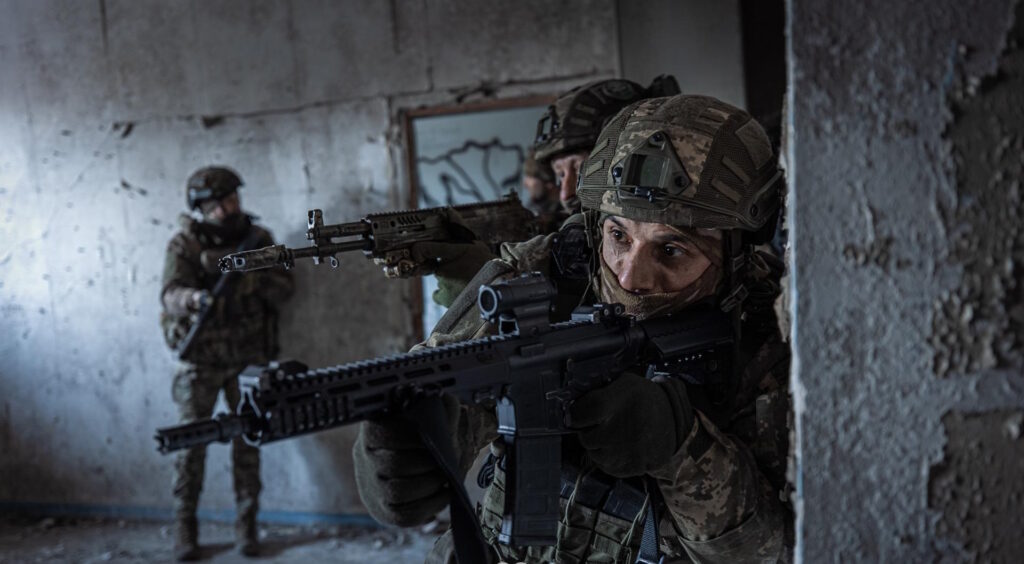
- Russian infiltrators are congregating in Pokrovsk
- The city is likely to fall soon
- But Ukrainian forces are advancing north of the city
- Ukrainian counterattacks could establish a new and stronger defensive line
North of Pokrovsk, Ukraine is winning. South of Pokrovsk, Russia is winning.
Pokrovsk itself is likely lost—but that may matter less than the terrain around it. Open ground with clear sightlines and dense obstacles has proven easier to defend than sprawling cities, where Russian infiltrators exploit blind spots and gaps between Ukrainian positions.
The fall of the former mining city would open the road to Kramatorsk and Sloviansk—the last major Ukrainian strongholds in Donetsk Oblast. But Ukraine's counterattacks north of the city could establish a new defensive line against the Russian Center Grouping of Forces—perhaps 150,000 strong— in open terrain where Russian mechanized assaults have already failed repeatedly.
Capturing Pokrovsk has been the Russian command's top priority for a year now. Defending it has been the Ukrainian command's top priority. But the Ukrainians always had too few troops for the task.
Now there are hundreds of Russian infiltrators in the city center—and the supply lines to the embattled Ukrainian garrison are fraying.
"The fall of Pokrovsk appears inevitable," the pro-Ukraine Conflict Intelligence Team warned.
How urban warfare dynamics have changed
But Ukrainian victories north of the city should temper any dooming. Pokrovsk is likely to fall, and soon. But Ukrainian brigades may be able to establish a new and stronger defensive line north of the city.
That's because cities are no longer the key defensive positions they used to be.
"It has become easier to defend fields or villages than large cities," French analyst Clément Molin pointed out. "Fewer soldiers are needed, the Russian infantry is quickly spotted, and the increasingly numerous obstacles (ditches, barbed wire) sometimes prevent progress."
Russian
— Clément Molin (@clement_molin) October 25, 2025soldiers have been sighted in the center of Pokrovsk, a strategic city in the east of Ukraine
After months of infiltration, russian troops are threatening to capture two of the last 7 big cities of Donbas, while they started entering a 3rd one.THREAD
1/21
pic.twitter.com/rPbUgSzCcg
Ukraine's northern counteroffensive gains ground
That's not mere theory. A clutch of Ukrainian brigades overseen by the 1st Azov Corps isn't just holding the line in the fields just north of Pokrovsk—they're actively counterattacking in several directions, steadily chipping away at a salient Russian infiltrators carved in the Ukrainian line back in August.
In and around the village of Shakhove on the eastern edge of the collapsing salient, the Ukrainian 33rd and 93rd Mechanized Brigades and 95th Air Assault Brigade have repulsed several Russian mechanized assaults in recent weeks.
Despite occasionally bad weather that can interfere with aerial surveillance, drones have detected the approaching Russian vehicles—and mines, drones, and artillery have blasted them from above and below.
Russian mechanized assaults fail in open terrain
A Russian mech assault on Saturday may have been the biggest of the current campaign. "It’s hard to count how many [vehicles] were used because of the bad weather conditions (fog)," Ukrainian drone operator Kriegsforscher wrote. "But we are sure that [there were] dozens."
When the Ukrainians got done with them, 16 vehicles lay immobilized and burning, Kriegsforscher reported.
Shakhove holds. Meanwhile, a few kilometers to the west, on the other side of the collapsing salient, Ukrainian forces are on the move. In the past week, they've liberated several villages, including Kucheriv Yar.

Inside Pokrovsk: Russian infiltration continues
That won't save Porkrovsk, however. Ukrainian positions are too few and too widely spread to block all Russian attempts to infiltrate the city from the south.
The Russians have "used inter-positional space and infiltrated small infantry groups," gradually concentrating around 200 soldiers in Pokrovsk, according to the Ukrainian general staff.
"In effect, this statement acknowledges a critical shortage of Ukrainian manpower, which prevents the establishment of a continuous defensive line," CIT observed. "The gaps between Ukrainian strongpoints—the so-called inter-positional space—are precisely the areas through which Russian troops are advancing."
The end is coming for Pokrovsk. How soon is unclear.
"I believe the Pokrovsk battle is not over," Molin wrote. "It could last additional months. Everything will depend on what the leadership will do. Leave the city or fight for it."
Fighting for it could endanger the last few troops in the garrison, who may have to beat a hasty retreat as urban positions finally—and suddenly—become untenable. An orderly retreat could reposition Ukraine's precious manpower behind a new defensive along the open ground north of Pokrovsk.
Open ground that has proved to be a killing field for attacking Russians.
Follow Euromaidan Press on Google News! YOUR SUPPORT = OUR VOICE
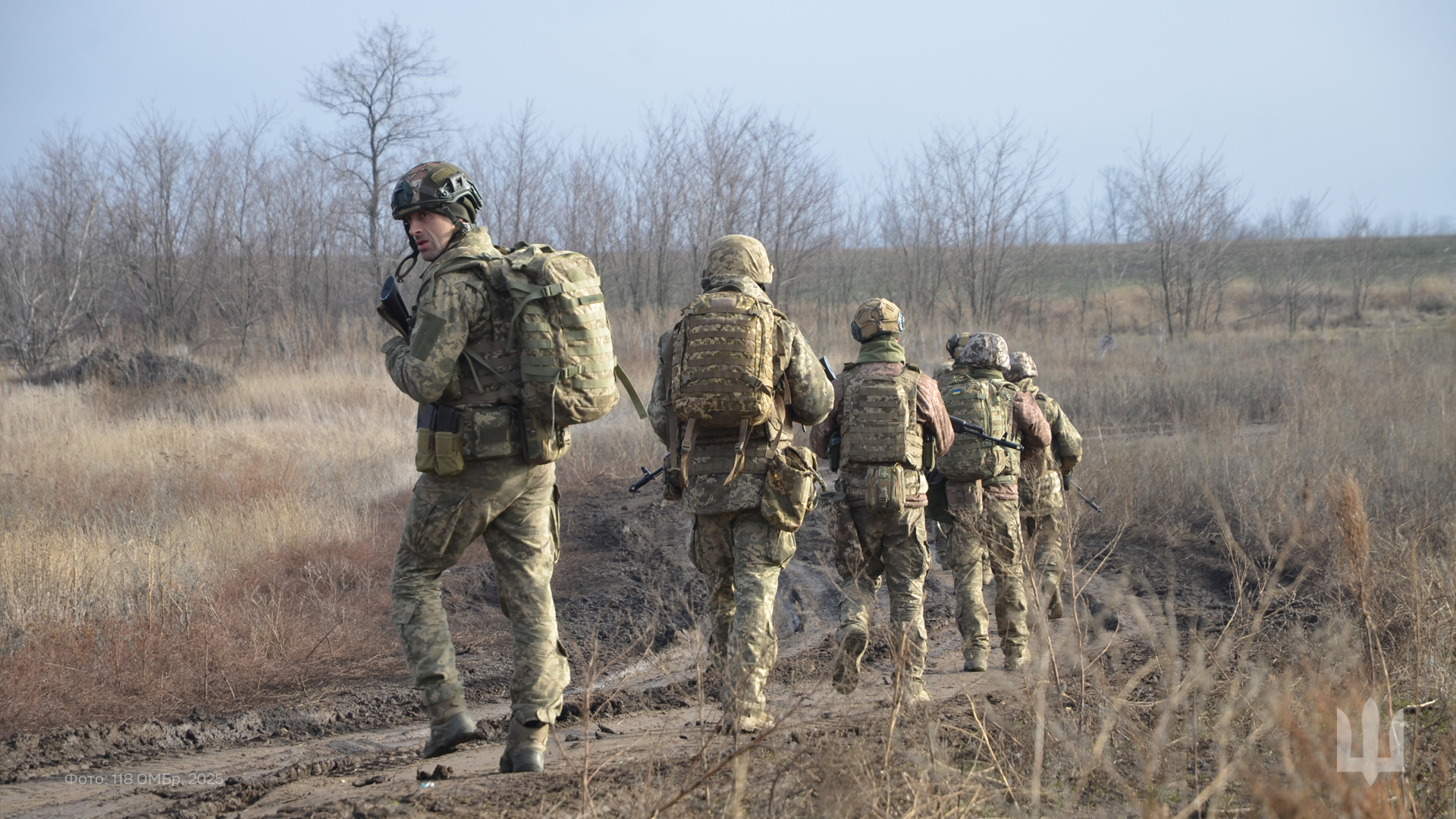
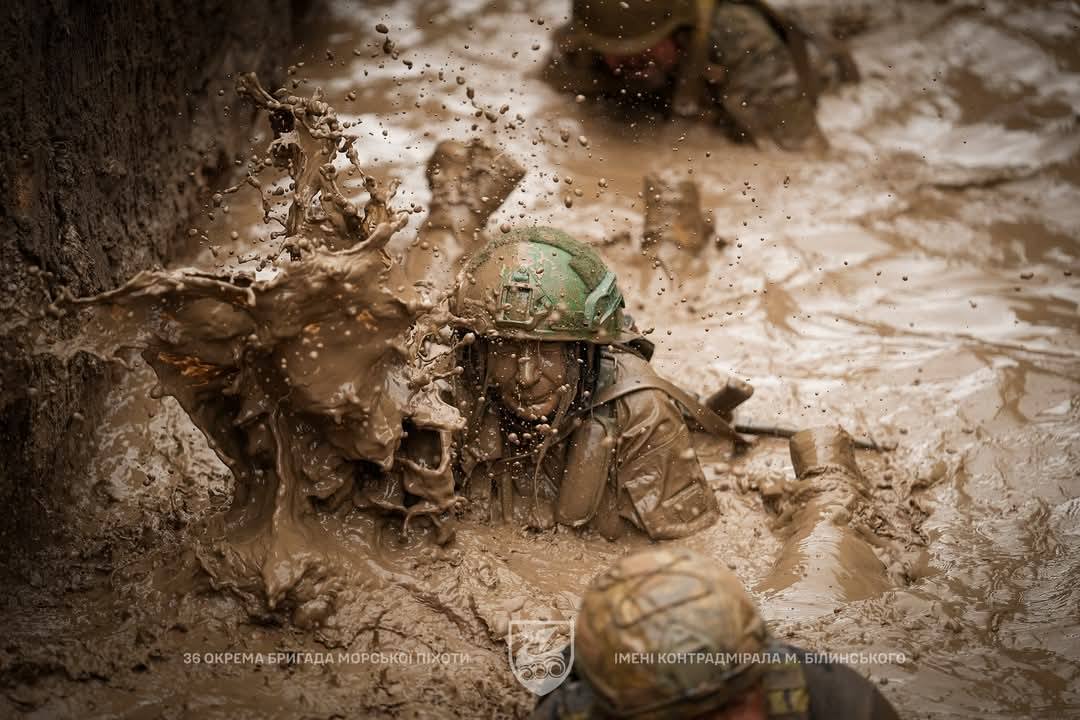
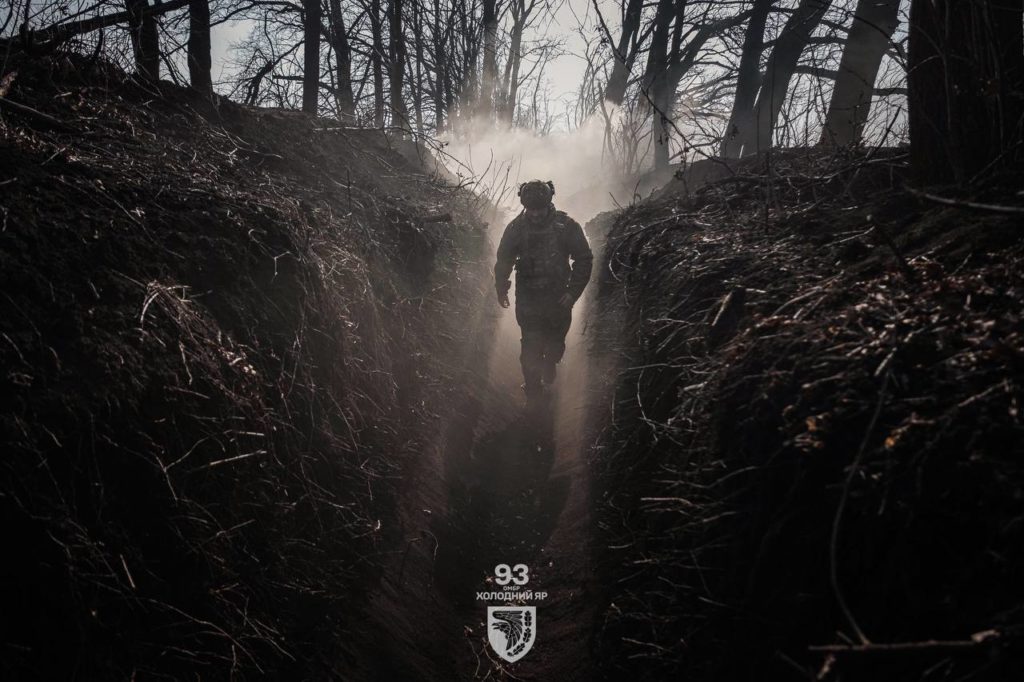
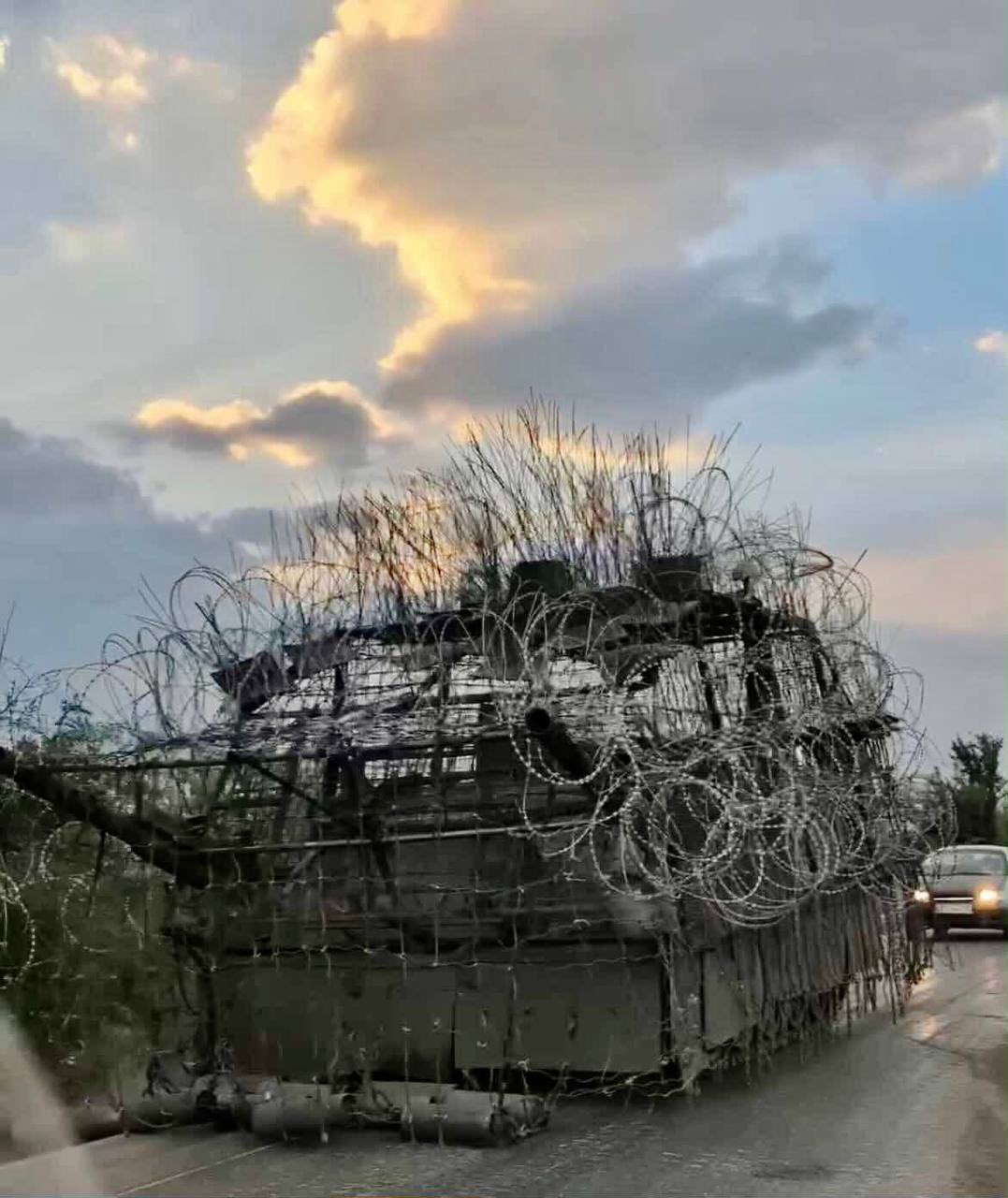

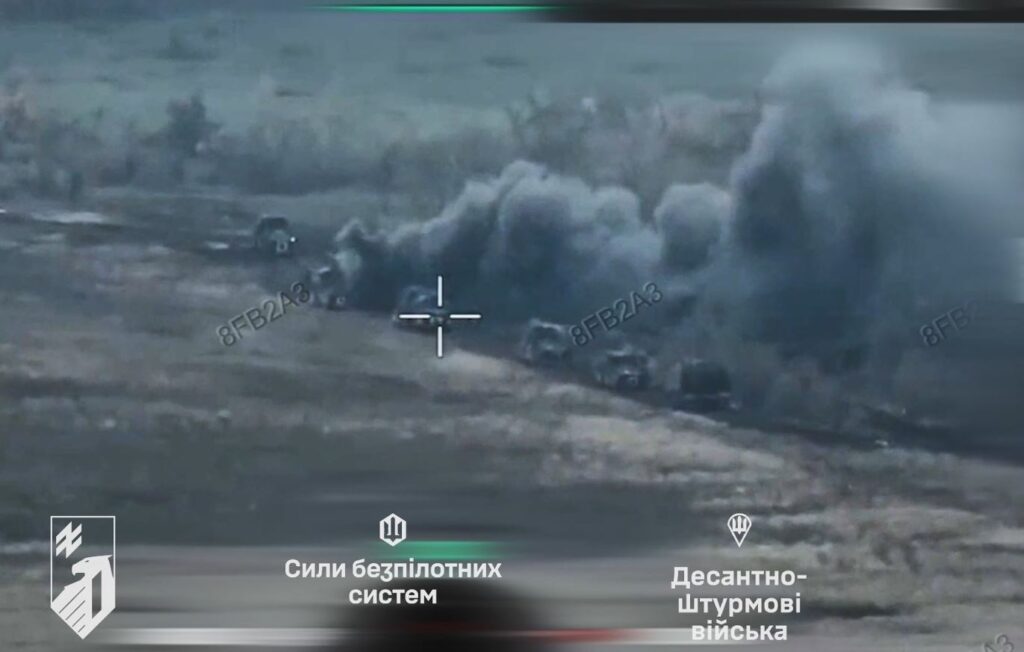



 FB/33rd Brigade
FB/33rd Brigade